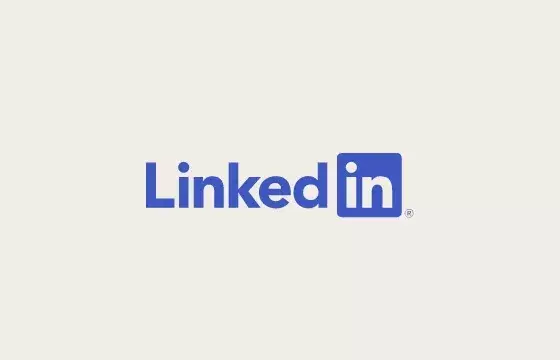Microsoft’s quarterly updates on LinkedIn’s performance have taken on a repetitive rhythm, revealing a narrative that has become all too familiar in recent years. Each report typically includes announcements of soaring session growth and record engagement, assertions that feel almost scripted. This cycle has persisted since 2018, with LinkedIn consistently establishing “new record engagement” levels—an achievement that raises eyebrows. The very idea that user engagement can set a new benchmark every single quarter invites skepticism. Are we truly witnessing unprecedented growth in user activity, or is this rhetoric merely a facade?
A critical examination of these claims reveals that they often lack substance. Microsoft promotes LinkedIn’s success passionately, but the consistency of the phrasing and metrics suggests a reliance on marketing buzz rather than a deep dive into user behavior. As professionals navigate their careers and network within the app, one cannot help but wonder how indicative these records are of genuine engagement versus simple account activity.
The Divergence Between Membership and Active Users
As part of its promotional narrative, LinkedIn proudly announces that it has officially surpassed one billion registered members. However, this number raises an important question: what does membership mean if not accompanied by a corresponding level of active participation? The distinction between total number of sign-ups and active users is profoundly significant. While LinkedIn champions its impressive membership metric, many other platforms adopt a more transparent approach, measuring engagement in terms of active users.
In a comparison with platforms like Twitter (now known as X), the disparity becomes stark. If X were to tout billions of members while reporting a fraction of active users, it would rightly face scrutiny. Yet LinkedIn receives a pass in this regard, prompting a deeper inquiry. Is LinkedIn’s standing as a narrower niche platform shielding it from the critical eye applied to other social media entities?
Taking a closer look at usage statistics, especially within the European Union, we find that less than 30% of its members actively engage with the platform. If we apply this usage ratio to LinkedIn’s reported figures, we can estimate that the number of truly active users hovers around 300 million—a figure that, while commendable for a professional networking site, significantly differs from the one billion membership count. This raises vital questions about why LinkedIn opts to emphasize total memberships rather than focusing on its actual active user base.
The lack of transparency in LinkedIn’s reporting casts a shadow on the platform’s credibility. An accurate portrayal of user engagement would require more comprehensive data, yet LinkedIn consistently presents a partial picture. While it innovates and adds features like Stories and video feeds—elements borrowed from more mainstream social platforms—these initiatives often seem at odds with the intended professional focus of LinkedIn.
As users become inundated with features that fail to resonate within the professional context, it seems a gamble that could dilute LinkedIn’s brand identity. The question remains: why does Microsoft allow LinkedIn to perpetuate this unclear practice? Perhaps it’s simply because the revenue numbers are being reported positively—LinkedIn’s revenue increased by 10% this quarter. In a business landscape steeped in financial performance, these figures may outweigh concerns about authenticity in engagement metrics.
As Microsoft embarks on its foray into artificial intelligence, integrating these technologies into all facets of its business, including LinkedIn, one must consider how this shift might affect user experience and engagement. While AI has potential for enhancing connectivity and streamlining professional interactions, it is unclear whether these advancements can fundamentally alter the existing engagement model that LinkedIn relies on for success.
While the narrative of record-high engagement may continue to flourish in future reports, the underlying challenge remains: can LinkedIn carve out its identity in an age where users crave authenticity? The next quarter will undoubtedly herald yet another claim of record-breaking engagement, further solidifying its role in Microsoft’s portfolio. However, the validity and impact of that engagement within the professional network landscape warrant thoughtful scrutiny. As LinkedIn pushes forward, only time will tell if it can align its impressive membership numbers with genuine user engagement and active participation.

